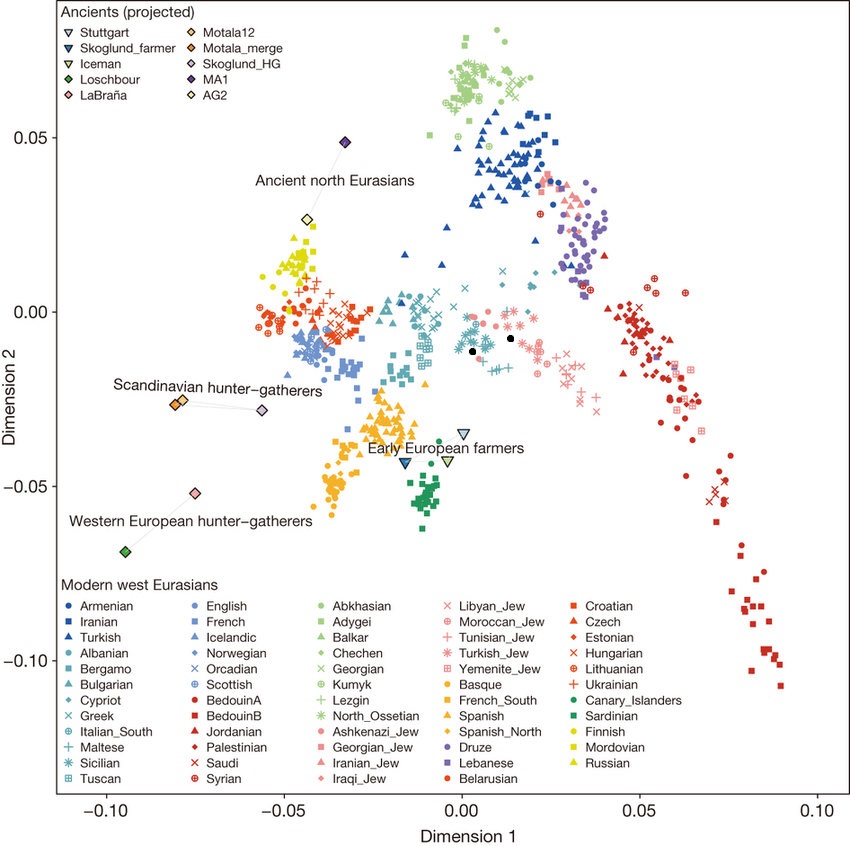Jovialis
Advisor
- Messages
- 9,313
- Reaction score
- 5,876
- Points
- 113
- Ethnic group
- Italian
- Y-DNA haplogroup
- R-PF7566 (R-Y227216)
- mtDNA haplogroup
- H6a1b7
Again, Himera was founded by Ionians in the second phase.
LBA Cretans, which overlaps with Modern Puglia were Dorian-Speakers. The people who colonized Puglia were also Dorian-Speakers. Dorian Speakers also colonized a large part of Sicily. Achaean-Doric were likely genetically similar to Dorian-Speakers.
Thus I think it is more likely that these Dorian-Speaking Greeks who colonized large parts of the South, were largely responsible for much of the Southern Italian genetic profile via Magna Graecia.

I see this in my own genetics:

LBA Cretans, which overlaps with Modern Puglia were Dorian-Speakers. The people who colonized Puglia were also Dorian-Speakers. Dorian Speakers also colonized a large part of Sicily. Achaean-Doric were likely genetically similar to Dorian-Speakers.
Thus I think it is more likely that these Dorian-Speaking Greeks who colonized large parts of the South, were largely responsible for much of the Southern Italian genetic profile via Magna Graecia.

I see this in my own genetics:







